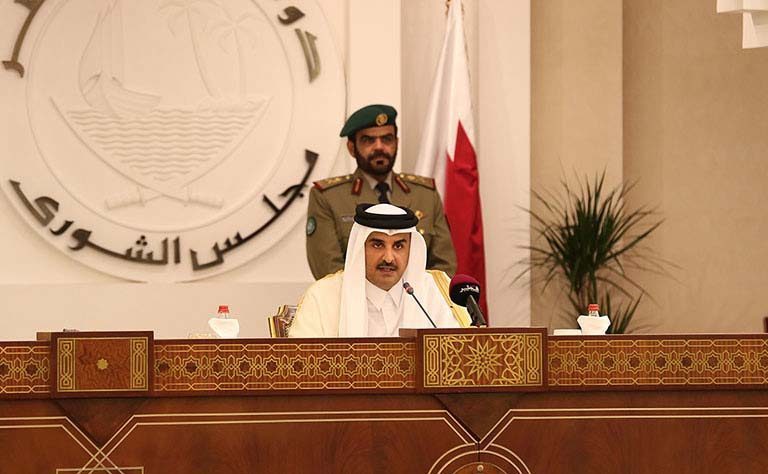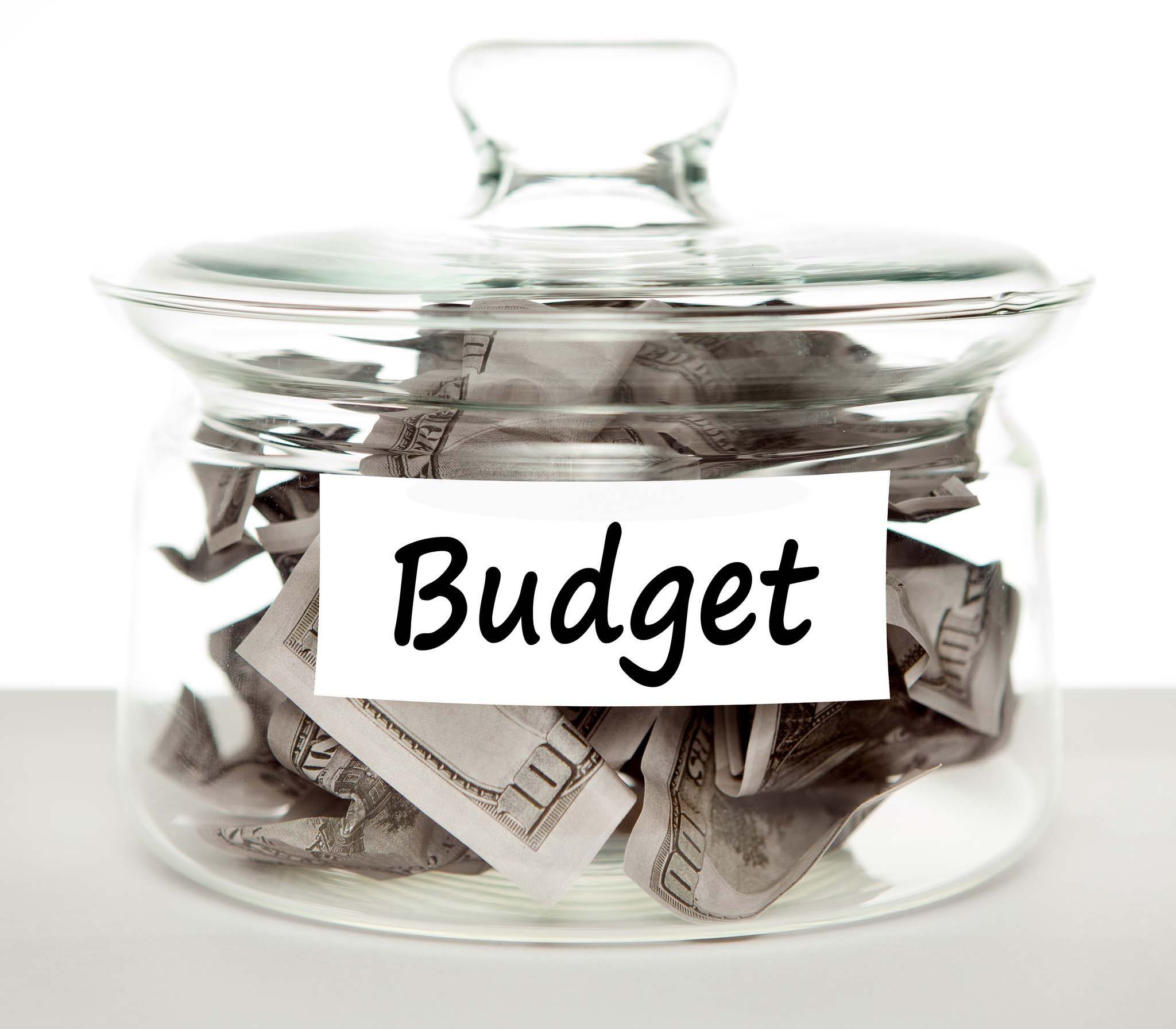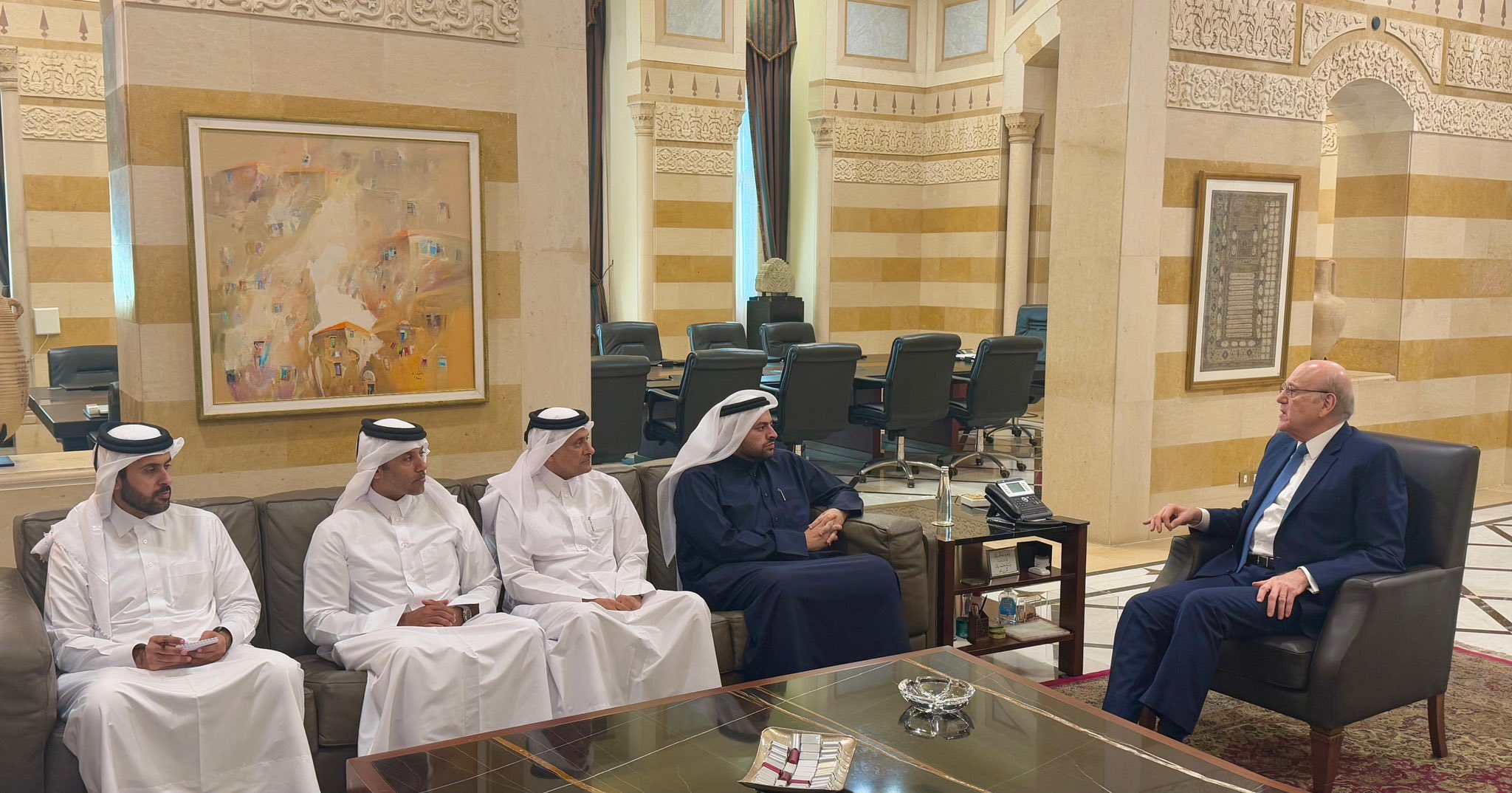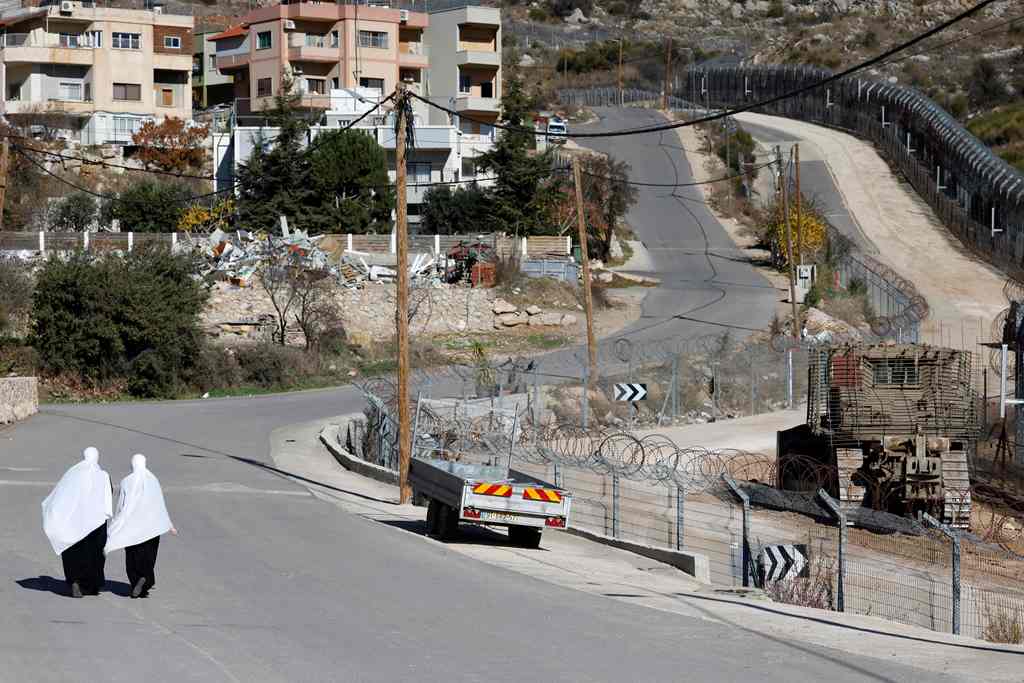
Despite the rising cost of construction and day-to-day living in Qatar, government bureaucrats will be expected to make do with the same amount of money through the end of 2015 as last year.
Qatar’s government, which is in the process of changing the end of its fiscal year to Dec. 31 instead of March 31, has said revenue and expenditure forecasts for the next nine months will be kept on par with the last fiscal year through December.
This may come as a relief to some organizations, which were worried about impending budget cuts as Qatar tightens its spending amid dropping oil prices.
In a statement from the Ministry of Finance today, officials said Qatar had a record budget surplus during its last fiscal year and plans to push ahead with the country’s major development projects.
Controlling spending
Government expenses are forecast to remain at QR163.8 billion (US$44.98 billion) over the nine months between April and the end of December. Spread out over a full year, that works out to QR218.4 billion ($60 billion) – the same amount that was included in the 2014-15 budget.
Whether government officials stay within that budget, however, is another matter.
Qatar overspent its state budget by an average of 23 percent in the decade leading up to 2013, when delays to major projects such as the new Hamad International Airport prompted the government to narrowly spend less than expected, Reuters reported at the time.

However, the country’s political leaders, including the Emir, have recently spoken publicly about the need to control spending:
“Waste, extravagance, mishandling of state funds, lack of respect for the budget, reliance on the availability of money to cover up mistakes are all behaviors that must be disposed of,” Sheikh Tamim bin Hamad Al Thani told the Shura Council in November.
And earlier this month, the Emir signed into law new legislation that gives the country’s finance ministry more powers to “protect public funds.”
Widening surplus
In a statement announcing its nine-month budget, the Ministry of Finance said the government ran a QR137 billion ($37.62 billion) surplus during its most recent fiscal year, but did not provide a detailed breakdown.
That’s a 19-percent jump from the QR114.98 ($31.57 billion) surplus recorded in 2013-14 and is more than triple the QR44.28 billion ($12.16 billion) surplus the government posted in 2011-12, according to figures published by the Qatar Central Bank (QCB).
This year’s surplus will be used to build up the QCB’s reserves as well as provide more capital to be deployed by the Qatar Investment Authority, the government said.

According to analysts, Qatar’s large surpluses are due in large part to the conservative price for oil that is sets when estimating revenues, a price that is often correlated to the cost of natural gas.
For example, Qatar’s 2014-15 budget included an oil price estimate of $65 per barrel. The actual price was much higher for most of last year, allowing the country to build up large surpluses. However, toward the end of 2014, oil prices took a nosedive.
Despite the drop in energy resource revenue, Qatar Finance Minister Ali Shareef Al Emadi said the country will continue its current pace of spending on major capital projects, particularly those related to health, education, infrastructure, transportation, rail and the 2022 World Cup.
Development projects make up 40 percent of the state’s current budget, or QR65.6 billion ($18.01 billion) over the next nine months.
With these estimates, the Finance Ministry said it expects to run a QR5.5 billion ($1.51 billion) surplus in the final nine months of 2015.
However, that runs counter to the forecast of one local bank, which recently predicted that the country would actually register its first deficit in more than a decade.
Thoughts?







